222 Helpful Photography Terms Every Camera Owner Needs to Know
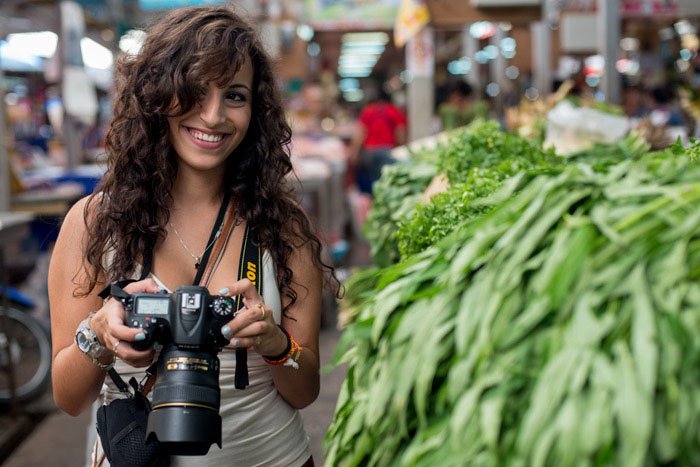
by
Kevin Landwer-Johan
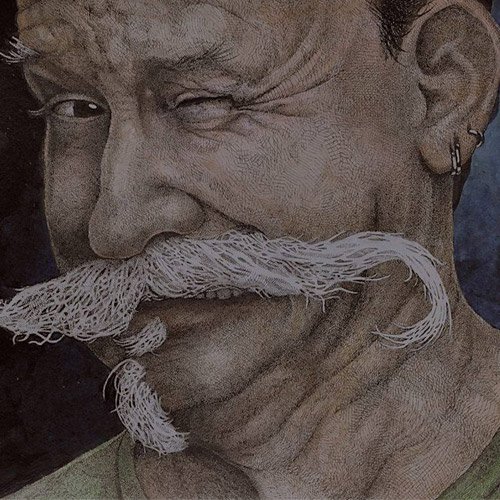
Learning photography terms will help you enjoy taking photos even more than you do now. I’ve carefully compiled this glossary of photography terms to help you. Understanding the jargon photographers use provides you with a good foundation to continue learning the art and craft of photography.
If you don’t know the meaning of words you read or hear as you study, you’ll struggle to get the most out of your camera. In this comprehensive list of helpful photography terms I’ve covered every aspect of photography including camera use, lighting, lenses, editing and more.
Whenever I’m teaching photography I avoid unnecessary use of photography jargon. Unless I’m talking with experienced photographers, any jargon is unhelpful. Especially if my students don’t have English as their first language.
Use this glossary of photography terms as a reference as you read my website and watch Youtube. Add it to your browser bookmarks so you can reference it easily. It will help you better understand the meaning of what’s being taught. Then you can apply it more effectively as you take pictures.
Like learning any language, learning the language of photography requires practice before you’re fluent. And when you do know this language, you’ll be able to keep up with the conversation when talking with other photographers. You’ll not be wondering what flavor camera shake they’re talking about or worry about being burned by color temperature.
Glossary of Photography Terms
Photography terms in this glossary are listed alphabetically. Each one has a category label for added clarity. Click on the letter to help you navigate the list more quickly.
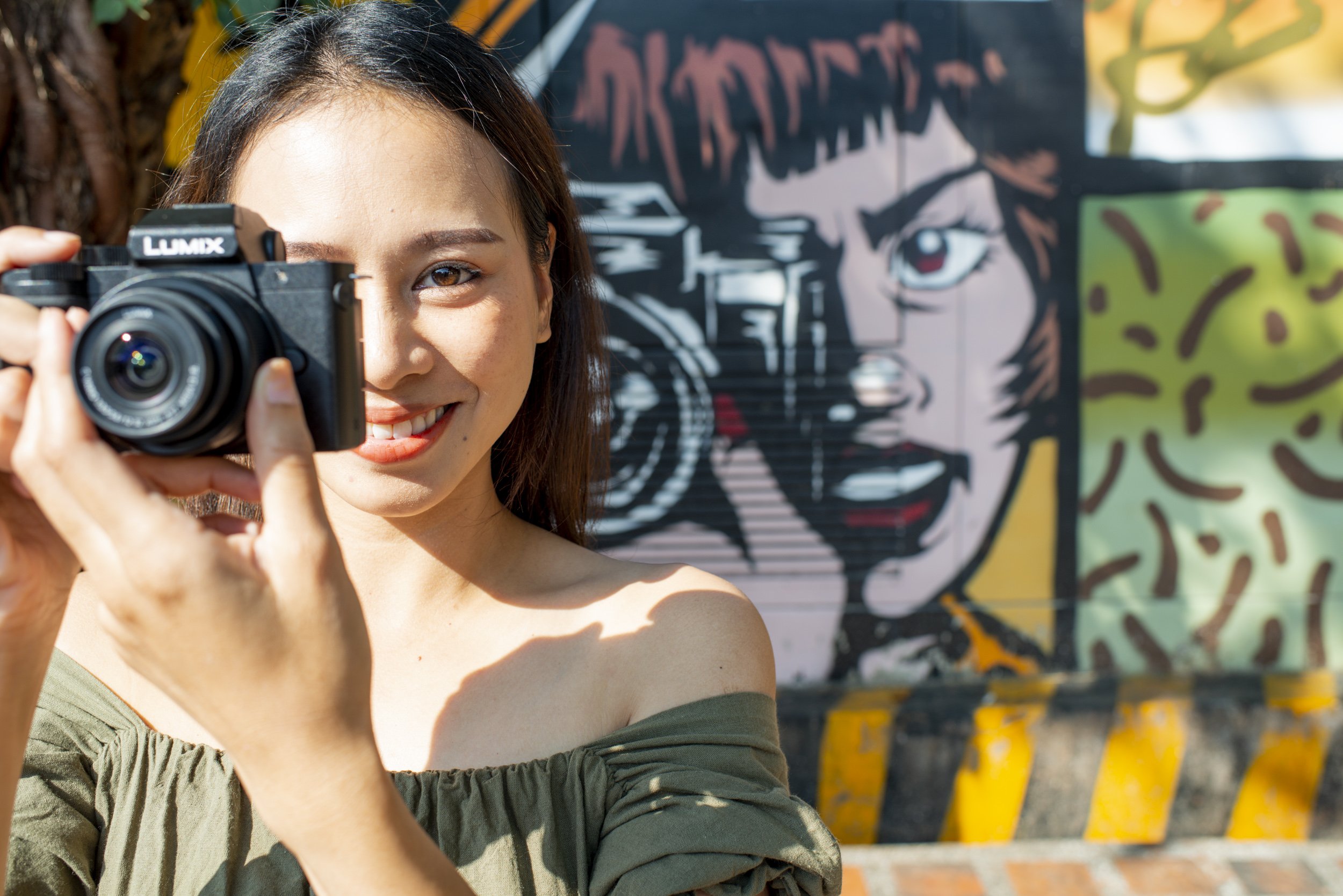
A
Active Area – (Camera)
This refers to the portion of a camera’s sensor that captures photons and creates an image. Some cameras allow you to adjust the active area to produce photos or video into different dimensions than the physical dimensions of the camera’s sensor. For example, a full frame sensor could be set to record in the same dimensions as a micro four thirds camera or in 16:9 video format.
Adobe RGB – (Editing)
Sometimes called Adobe RGB 1998, this RGB color space is frequently preferred because it includes more colors than alternative RGB color spaces. It was designed to include most of the colors CMYK printers use.
AF (auto focus) Servo – (Camera/Lens)
This is one of the two most commonly used auto focus modes. While your finger partly depresses the shutter button, or assigned focusing button, the lens will continuously focus if it moves or the subject moves. It is commonly used most when photographing moving subjects.
Aliasing – (Editing)
Aliasing is the jagged appearance of low-resolution lines diagonal lines in an image. Some image processing software includes tools for anti-aliasing that smooth the look of these low resolution lines.
Ambient Light – (Light)
Ambient light is the light that illuminates a scene without the photographer having added it. It can be daylight, electric light, or any other form of light that are already naturally providing illumination to what you are photographing. Flash, strobes, LEDs or other types of lights used by photographers are not ambient light.
To learn more about light in photography, check out this article.
Angle of View (AOV) – (Composition)
This term is about how much of a scene you can see through a lens. Short focal length lenses have a wider angle of view than longer focal lengths. A fixed lens has one angle of view. With a zoom lens you can vary the angle of view. The size of your camera’s sensor also has some effect on the angle of view. This is also called Field of View.
Aperture – (Lens)
The aperture is an adjustable opening in lenses. It is used to help control how much light enters the camera and affect the sensor to make an exposure. It also has some influence on the depth of field.
Check out this video for some great tips about how to make the most of your aperture settings
Aperture Priority – (Camera)
Aperture priority is one of the semi-auto exposure mode settings on cameras that is popular with beginner photographers.
Using aperture priority mode the photographer controls the aperture setting and the camera sets the shutter speed to balance the exposure. The camera uses information the exposure meter provides to balance the exposure by adjusting the shutter speed.
APS-C (APSC) – (Camera)
Advanced Photo System Classic (APS-C) is a sensor format based on a 3:2 ration film frame. APS was a short lived film format in the 1990s, prior to when digital cameras became popular. The exact size of the APS-C sensor depends on the camera manufacturer.
An APS-C sensor has a crop factor of about 1.5x. This type of sensor is commonly used in mirrorless and DSLR cameras.
APS-H (APSH) – (Camera)
APS-H is another sensor size found predominantly in Canon and Lieca cameras. This format of sensor has a 1.3x crop factor.
Artifact – (Editing)
Artifacts appear in digital photos as a result of compression or interpolation. This is caused during the editing process or from in-camera compression. The appearance of artifacts varies depending on the subject of a photo and how much compression is applied. It is more common in low resolution images or ones captured on small, poor quality sensors.
Aspect Ratio – (Camera)
The aspect ratio of a camera’s sensor is how wide and how tall it is. To find the ration, you need to divide the sensor width by its height. The size of a full-frame sensor is 36mm x 24mm. These numbers have a common factor of 12. You use this number to divide each to come up with the aspect ratio of 3:2.
Aspherical Lens – (Lens)
The curve of glass lens elements in an aspherical camera lens are non-spherical. They are not portions of a sphere. Regular camera lenses have glass elements that are spherical. If you were to draw a line following the curve of the lens element it would make a complete circle. Aspherial lens elements are more complex curves. Aspherical camera lenses are designed for improved focus performance, especially when wide aperture settings are used. The difference between aspherical lenses and spherical lenses is most noticeable in medium to wide lenses. There’s also a noticeable price difference, with aspherical lenses being more expensive.
Auto Exposure Bracketing (AEB) – (camera)
Auto exposure bracketing, or AEB, refers to the setting used to make a series of exposures at varying exposure settings. The initial exposure is made normally, then a number of subsequent exposures are made to increase and decrease the exposure. The number of exposures in the series and the degree of variation can be determined by the photographer.
Autofocus – (Camera/Lens)
Auto focus happens when you lightly press the shutter button or press an assigned focsusing button with an auto-focus lens attached to the camera. Servos in the camera and/or lens align the glass lens elements so they focus on a predetermined plane.
The camera measures the distance of a subject from the camera and tiny motors in the lens and/or camera body then adjust the lens optics to bring the subject into focus.
Average Metering – (Camera)
Average metering is the default mode that most cameras use to read and measure the amount of light. In this mode, the meter reads the reflected light from many parts of the composition. It then averages the light and provides the information.
This mode is given different names by camera manufacturers. In Nikon average metering is known as Matrix metering. In Canon cameras it’s called Evaluative metering. Olympus uses the photography term Digital ESP to name this metering mode.
The other main metering modes are Center Weighted and Spot. Many cameras now have other options for metering modes.
Auto White Balance [AWB] – (Camera)
The Auto White Balance filters light so that what is white appears white in your photos and other colors look realistic. Light is not always neutral. It often has some color cast. The white balance function filters the light so your photos look the right colors. You can also adjust the white balance manually or select from a series of presets.
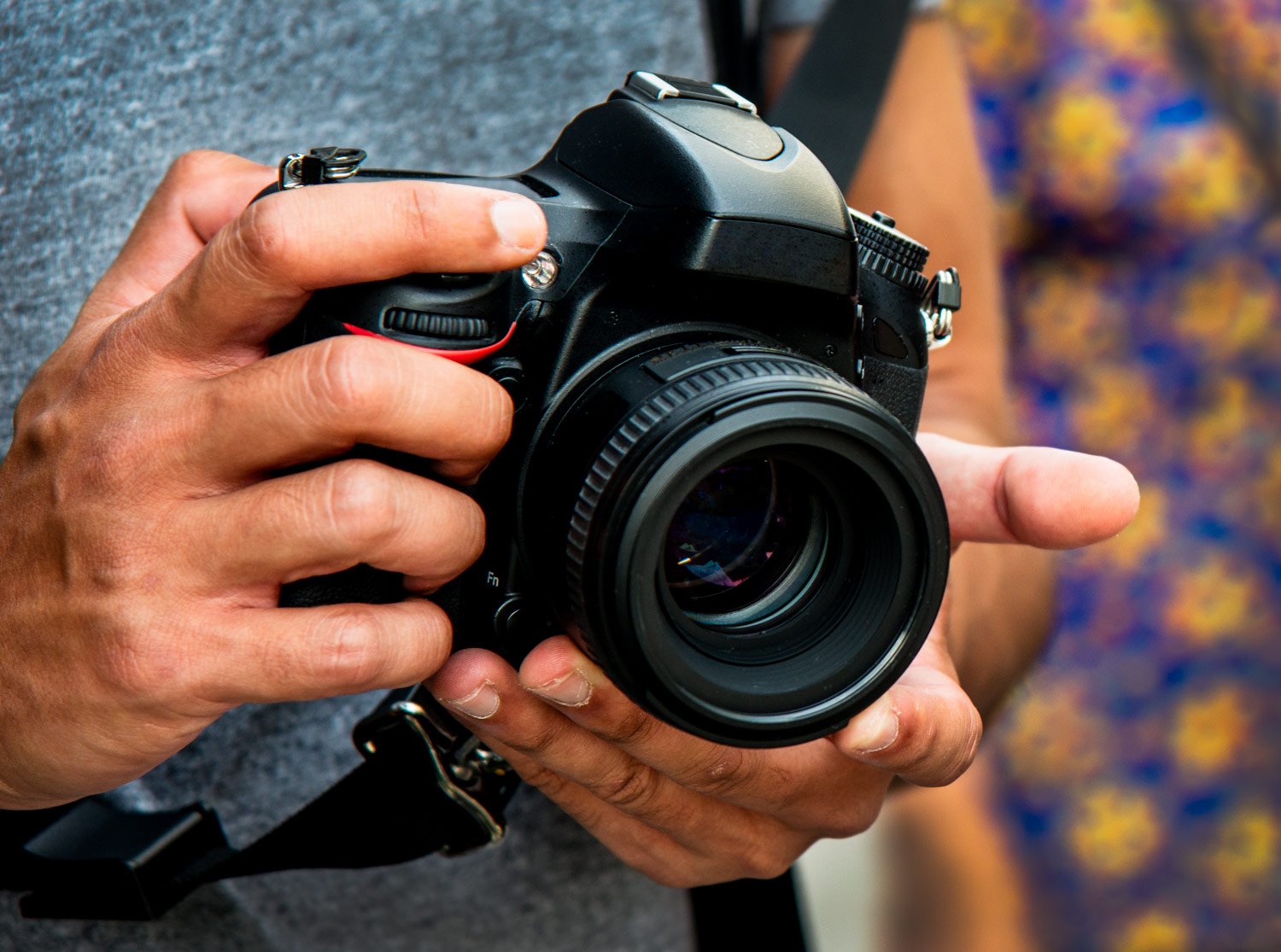
B
Back Button Focus – (Camera)
Back button focus uses one of the buttons on the camera body to auto-focus the lens. Many cameras allow you to manually assign which button you want to use and if you want the shutter button to no longer control the auto-focus function.
Background – (Composition)
Background is the area behind your main subject. This is a term commonly used when talking about photography composition.
Backlighting – (Light)
Backlighting lights your subject from behind. When the light is behind your subject and facing the camera lens, you must take extra care when setting the exposure. Light directly entering the lens may cause your main subject to appear underexposed.
Barrel Distortion – (Lens)
Barrel distortion makes straight lines in photographs appear as though they are curved. This is a common type of lens distortion most often seen with wide angle lenses. It is most often seen in photos that contain strong, straight lines.
Blocked Shadows – (Exposure)
Blocked shadows are dark areas in a digital photograph. They contain no details. This is common when part of the image is underexposed. The exposure settings and dynamic range of the camera’s sensor prevents proper recording of detail. This is more frequently a problem with lower quality camera sensors.
Blooming – (Exposure)
Blooming in a photo happens when a camera’s sensor does not properly manage very bright areas well. Blooming produces halo-like brightness or color when parts of an image are overexposed. It has a similar appearance to chromatic aberration.
Blown Out – (Exposure)
A blown out area in a photo contains no details. This is usually because it is overexposed. It is a similar, but opposite problem to Blocked Shadows.As with blocked shadows, blown out areas occur mostly in photos made with lower quality sensors.
Blue Hour – (Light)
Blue hour happens in the morning and evening when the sun is between about 4 and 8 degrees below the horizon. It’s given this name because at these times daylight appears bluish and cool. Blue hour usually last less than an hour. How long it lasts depends on the season and proximity to the equator. Further away it’s more likely to last longer.
Bokeh – (Composition/Lens)
Bokeh is a Japanese word commonly used in photography talk referring to the quality of the blur in out-of-focus parts of a picture. In the Japanese language this word means ‘blur’. Different lenses create different looking blur. This depends on aspects of the lens like the number of and shape of the blades that make the aperture.
Bracketing [or Exposure Bracketing] – (Exposure)
Bracketing is a technique used to obtain a variety of exposures of the same composition. It is commonly used when a photographer is not sure of how best to set the exposure in high a contrast scene.
Multiple exposures are made at different exposure settings. Some images in the series will be overexposed and underexposed according to the camera’s exposure meter. The photographer then has the option of which exposure they prefer when they are editing.
The HDR (high dynamic range) images are made by blending bracketed photos during post production or in camera.
Buffer Memory – (Camera)
Buffer memory is random-access memory RAM in a camera. This memory temporarily stores photos and video files as they are being transferred to memory cards or other storage. This size of a buffer memory in cameras varies.
If you are taking a lot of photos in rapid succession, the buffer memory may reach it’s capacity. When this happens, the camera will pause taking photos until files are transferred to removable storage and space in the buffer is freed up.
Bulb [Bulb Mode] – (Camera)
The Bulb shutter speed setting on a camera keeps the shutter open as long as the shutter button is kept depressed. This setting is most frequently used when making exposures that last longer than the slowest timed shutter speed setting.
Burst Mode – (Camera)
Set to Burst mode the camera’s shutter will open and close continuously so long as the shutter button is depressed. Cameras often have two burst modes. One is low-speed and the other high-speed. Burst mode is also called continuous mode. This mode is often used when photographing fast moving subjects.
Burst Rate – (Camera)
The burst rate is the number of image files a camera is able to record before the buffer is full. This can vary depending on the type of file being saved. The burst rate for RAW files is slower than the burst rate for jpeg files. This is because the larger size of RAW files fill the buffer more quickly and take longer to transfer.
Butterfly Lighting – (Light)
Butterfly lighting is a portrait lighting technique. The main light is placed above the subject and slightly in front of them. This creates a shadow under a person’s nose that looks like the shape of a butterfly.
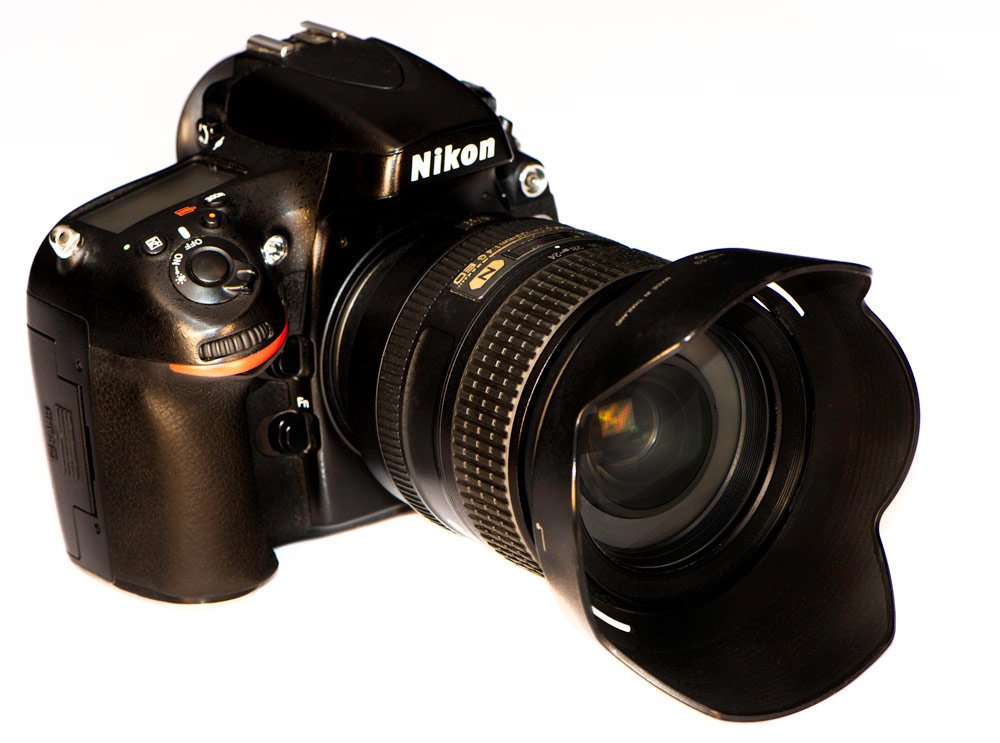
C
Camera Body – (Camera)
The camera body is the chassis of the camera. It does not include the lens or other any other accessories.
Camera Modes – (Camera)
Camera modes control various functions of a camera. There are modes for exposure, focusing, video etc. Setting a camera mode determines aspects of how the camera operates. There are various levels of automation and manual control with different mode settings.
Camera Sensor – (Camera)
The camera sensor, or image sensor, in a camera converts light and color into electrical signals. The camera converts these signals into zeroes and ones to make up a digital image.
Sensors are measured by their physical dimension and by pixels. This is expressed in terms of how many millions of pixels a sensor has, or megapixels.
CMOS (Complementary Metal-Oxide Semiconductor) and CCD (Charge-Coupled Device) at the two main types of digital camera sensors.
Camera Shake – (Camera)
Camera shake is the term describing the blur that appears in photos when the camera is moved significantly during an exposure. This is most common when using slow shutter speeds.
When the camera moves while the shutter is open, the whole image will be blurred. Camera shake blur has a different appearance than blur caused by poor focusing or a moving subject.
Candid – (Style)
Candid photos are pictures of any subject that is not aware that photographs are being made. It typically refers to photos of people, but can be applied to any subject.
Card Reader – (Accessories)
A device for transferring photos from memory cards to a computer, hard drive, tablet etc.
CCD [Couple-Charged Device] – (Camera)
A CCD is a type of camera sensor. It’s made up of an integrated circuit formed on a silicon surface forming light sensitive elements called pixels.
Chimping – (Style)
‘Chimping’ is frequently reviewing photos you’ve just taken.
Chromatic Aberration – (Lens/Editing)
Chromatic aberration is often called ‘purple fringing’ or ‘color fringing’. It occurs in photos where there’s high contrast and the camera lens has not correctly focused the light waves. It is more common in photos taken with older or cheap lenses. Many software programs include presets to automatically remove chromatic aberration.
CMOS [Complementary Metal Oxide Semiconductor] – (Camera)
CMSO sensors are one of the main types of sensors used in cameras. The other main type of sensor is called a CCD.
CMYK Color – (Editing)
This is the color mode used in commercial, off-set printing. It is a different set of colors than RGB which is used with digital photography.
Color Calibration – (Editing)
Color calibration is the process of setting a monitor so the colors it displays will look the same when they are printed. When monitors are not color calibrated, the colors can vary dramatically from one device to another, making it impossible to know how the colors in a photograph will appear when printed.
Color Depth – (Editing)
Color depth is used to indicate the number of bits that make up colors in digital photos. It is also called ‘bit depth’.
Color Management – (Editing)
A color management system controls the color spaces in digital cameras and scanners.
Color Palette – (Editing)
A Color Palette is the selection of colors on a device or in software that can be shown on the display. A color palette is dependent on the device settings and the color depth of a digital image.
Color Space – (Editing)
This term refers to a specific range of colors used by a digital camera or viewing device. sRGB, Adobe RGB, and ProPhoto RGB are some of the more commonly used color spaces.
Color Temperature – (Light)
Color temperature refers to the color of light. Color temperature is measured using the Kelvin scale. Temperatures range from around 4000K, which is a warm light, to about 7500K which is a cool, bluish light.
Compact Flash Card [CF Card] – (Camera)
Solid state memory storage cards used in many digital cameras.
Composite Image – (Editing)
A composite image is made from two or more photographs.
Composition – (Composition)
Composition is how a photographer chooses to arrange elements in their frame when taking a photograph or editing one.
Photography has many composition ‘rules’ that have been developed by painters over many hundreds of years.
Compression – (Lens/Camera/Editing)
There are two main types of compression in photography. Lens compression and image compression.
Lens compression happens with long focal length lenses. It causes elements in a composition to look closer together than they are in reality.
Image compression can occur when a photo is being saved in a lossy format, like .jpg. As the file is saved by the camera or computer some of the data is discarded, which results in a smaller, lower quality image.
Continuous Focus – (Camera/Lens)
Continuous Focus is an autofocus mode. Set to this mode, while the focusing button is activated, the lens will continue to focus and keep a subject in focus if the camera or subject moves.
Contrast – (Light)
Contrast refers to the difference between the brightest and the darkest parts of a photograph.
Copyright –
Copyright is a legal term that refers to who owns the rights to a photograph. The person who presses the shutter button owns copyright, in most countries.
Crop Factor – (Camera)
Crop Factor refers to a camera’s sensor size. It is used in relation to a full frame sensor and usually refers to sensors that are smaller in size.
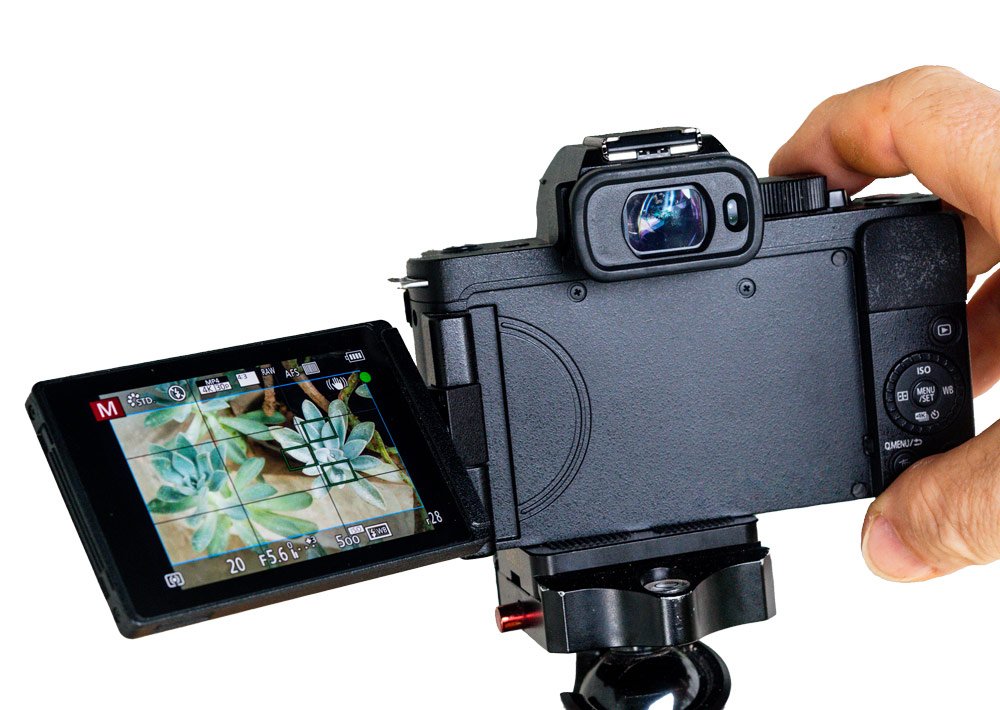
D
Depth of Field [DoF] – (Composition)
The depth of field is about how much of a photo is in acceptably sharp focus. DOF can be controlled by choices the photographer makes about what lens is used, the aperture setting, and the distance between what’s being focused on and the camera.
Diffraction – (Lens)
Diffraction of light occurs when it passes through a narrow aperture in a camera lens. Light scatters more when passing through a narrow aperture so may not all focus correctly when it reaches the camera’s sensor.
Digital Negative [DNG] – (Camera)
DNG is an Adobe image format that is publicly available.
Digital Zoom – (Camera)
The digital zoom function on a camera does not actually zoom, but crops into the center part of an image and enlarges it. This causes a loss of quality compared to optical zooming with a zoom lens.
Distortion – (Lesn/Editing)
Distortion renders a photograph unclear. There are many reasons distortion can occur including poor lens quality, low light, bad focusing, unskilled editing etc.
DoF –
See Depth of Field
Dots Per Inch [DPI] –
Dots per inch is how the resolution of printed photos is measured.
DSLR [Digital Single Lens Reflex] – (Camera)
This type of digital camera has a single lens. There is a mirror inside the camera body that reflects light via a prism to the viewfinder. This allows the photographer to view their composition through the lens. When the shutter release is pressed, the mirror moves up, allowing light to pass through the open shutter.
Dynamic Range – (Camera)
Dynamic range is the difference between the brightest and darkest tones a camera captures in a single exposure. Generally, higher quality sensors capture a wider dynamic range.
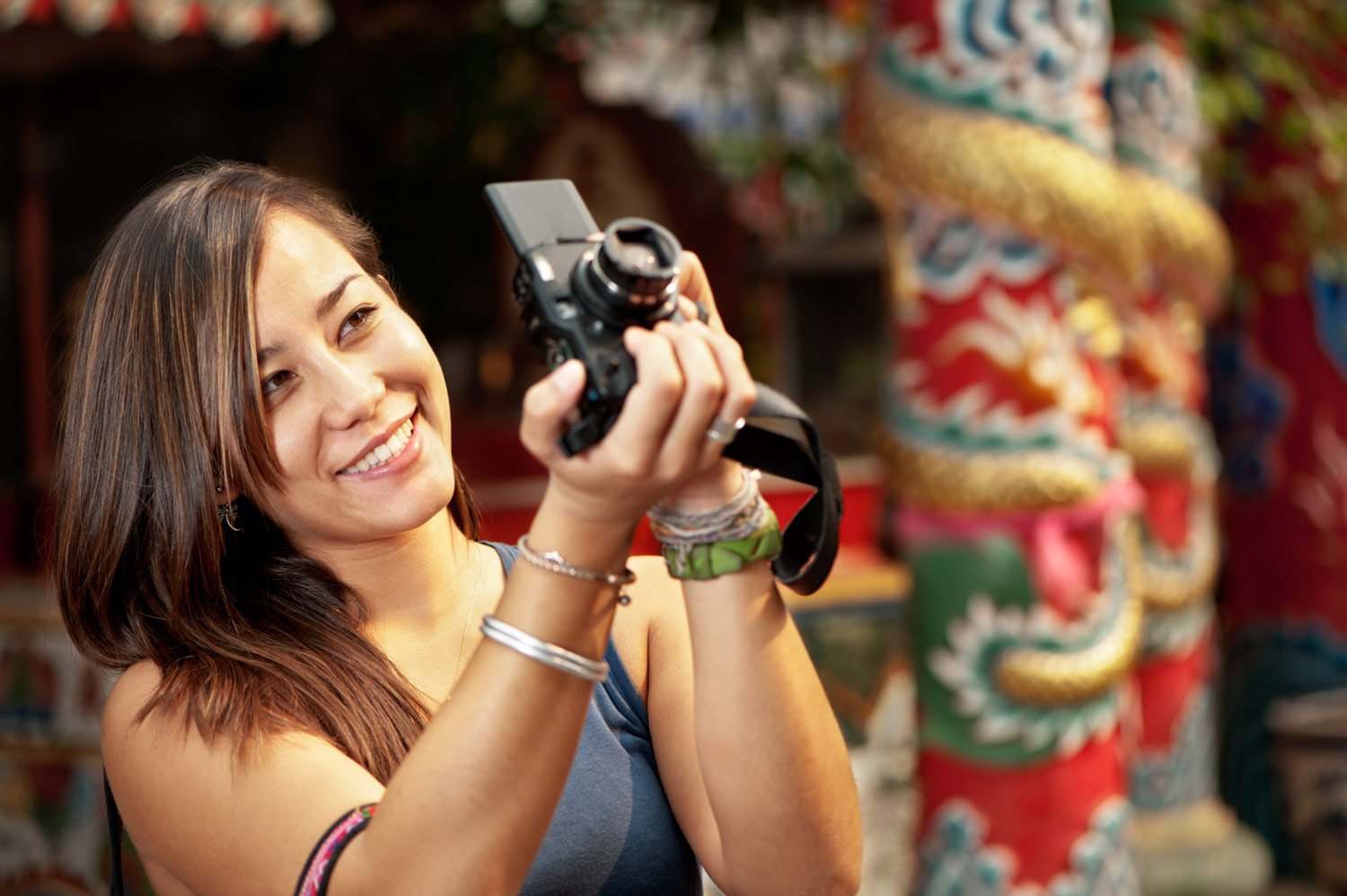
E
Effective Pixels – (Camera)
Effective pixels are the number of pixels on a camera’s sensor that are exposed to light to make a digital image. This is the same as the Active Area of a sensor. Camera sensors always include pixels used as a reference point for black. These not effective pixels
Electronic Viewfinder (EVF) – (Camera)
An electronic viewfinder are found on mirrorless cameras. This type of viewfinder shows a digital rendering of what the camera is pointing at. This is different on DSLR cameras that have optical viewfinders.
EXIF [Exchangeable Image File] Data – (Camera/Editing)
EXIF data is information about an image file. Digital cameras record EXIF data with every photo they take. This information includes data about the setting, camera, lens, date etc.
Exposure – (Camera)
Exposure is the action of the camera’s sensor receiving light when the shutter is opened. The right amount of light must affect the sensor to result in a good exposure. If too much light enters the camera, the photo will be overexposed. If not enough light enters, the photo will be underexposed.
Exposure Compensation – (Camera)
Exposure compensation is a camera setting used to adjust the exposure the camera makes when set to any of the auto-exposure modes. This is generally used when the auto exposure mode overexposes or underexposes a photo. The exposure compensation must be adjusted and the photo retaken.
Exposure Meter – (Camera/Accessory)
An exposure meter, or light meter, measures the light value. All digital cameras have exposure meters that measure reflected light. Partly pressing the shutter button activates the meter. In any auto exposure mode, the camera uses this information to set the exposure. In manual mode, the information is displayed and the photographer uses it as a guide to adjusting the exposure settings.
Hand-held exposure meters are also used to measure light values. These provide the option of reading both reflected and incident light.
Exposure Triangle – (Camera)
The aperture, shutter speed, and ISO settings make up the exposure triangle. The photographer adjusts these three controls to control the amount of light that affects the sensor to make a well exposed photo.
Export – (Editing)
An images is exported when the editing process is complete. This often involves the image format being changed, for example, from a RAW to a .jpg file.
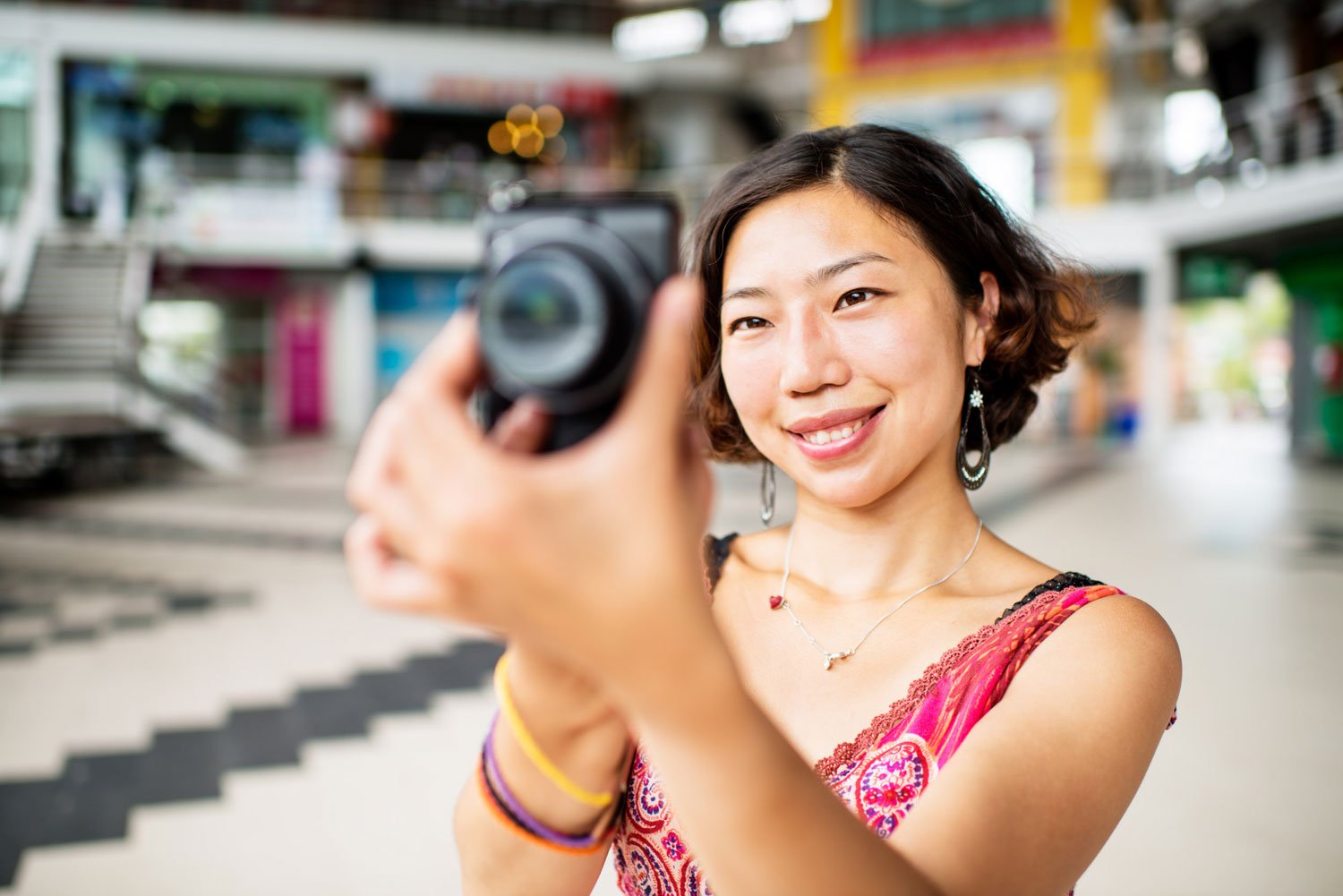
F
F-Stop [F-Number] – (Lens)
F-Stop is the term describing the size of the aperture opening in camera lenses. f/ precedes the number and represents the lens focal length. The focal length divided by the number indicates the size of the aperture opening in millimeters.
Fast Glass – (Lens)
Fast glass refers to lenses with a wide maximum aperture setting. These allow for more light to enter the lens and therefore a faster shutter speed can be used.
Field of View [FOV] – (Lens/Camera)
Field of view refers to how much of a scene can be captured in a photo. Lens focal length and the size of the camera’s sensor affect the field of view.
File Format – (Camera/Editing)
File format refers to the type of image file. Common image file formats include various RAW file formats, jpeg, TIFF, PSD, PNG, and many others.
Fill Light – (Light)
A fill light is not the main light, but can be any other light used when taking a photo. It can be an introduced light source such as a flash or LED. It can also be ambient. Photographers often use fill lights to soften shadows and lower contrast levels.
Filters – (Lens)
A filter is an attachment usually fitted to the front of a lens to modify the light. Many photographers use a UV, Skylight or similar filter on every lens as these also help protect the front lens element from being damaged.
Firmware – (Camera)
Firmware is the software in a camera. Firmware manages how the camera hardware functions.
Flash Sync [Synchronization] – Camera
Flash sync is about how the flash and camera communicate and work together. The timing of the flash firing must correspond to the opening of the shutter. Some flashes are able to synchronize at faster shutter speeds than others. This depends on the flash and camera model used.
Flat Light – (Light)
Flat light describes light that is soft and dull. This type of light produces soft shadows or no shadows.
Focal Length – (Lens)
Focal length is the measurement of the distance between the point where light converges in a lens and the focal plane. In practical terms, the focal length indicated how wide or long a lens is and gives some idea of the field of view. The distance in measured in millimeters. A small number indicates a wider field of view. The higher the number, the narrower the field of view.
Focal Length Magnifier – (Camera/Lens)
The focal length magnifier refers to the field of view of cameras with crop sensors. On a crop sensor camera the field of view at any particular focal length is narrower than the field of view on a full frame camera sensor.
Focal Plane – (Camera)
The focal plane of a camera is the surface where light focuses. In digital cameras this is the sensor. In film cameras, it is the film. Most cameras have a small icon on the top of the camera body indicating the location of the focal plane. This can be used to measure the distance to the point of focus for very precise measurements.
Focus – (Lens/Camera)
Focus happens when a lens is adjusted well on a point in a composition the photographer wants to appear the sharpest. Everything else in the frame that’s the same distance from the focal plane is also in focus.
Focus Stacking – (Editing)
Focus stacking is the combining of two or more photographs where the photographer has chosen a different focal point. Each composition must be exactly the same. Photos are merged using editing software. The result is that more of the final photo is in sharp focus because the blurred areas are edited out.
Frames Per Second [FPS] – (Camera)
Frames per second is the number of times a shutter can open and close in one second. It’s often used to describe the number of exposures made when using burst mode.
Freelensing – (Lens/Camera)
Freelensing is a way of taking photos with the lens not attached to the camera in the normal way.
Fringing – (Editing)
See Chromatic Aberration.
Full-Frame Sensor – (Camera)
A full-frame sensor is 36mm x 24mm. 35mm film is the same size as this. Full frame sensors are usually higher quality and produce clearer photos than crop sensors. The sensor size also affects the field of view of a lens.
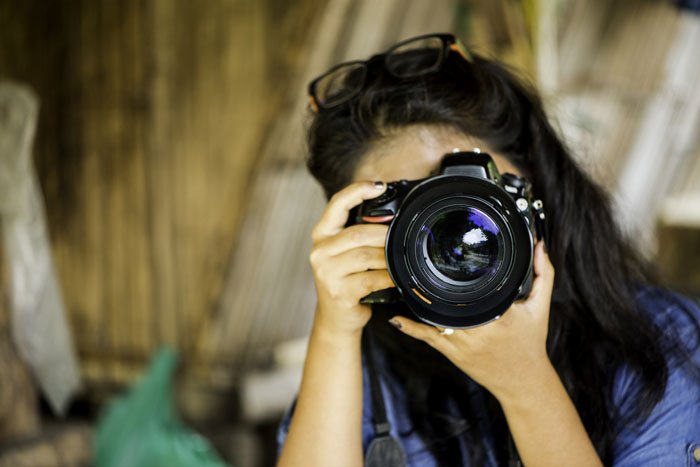
G
Gamma Curve/Correction – (Editing)
The gamma curve is an editing tool that adjusts (or corrects) the lightness and darkness of an image during editing.
Golden Hour – (Light)
The golden hour refers to the times of the day shortly after sunrise and a little before sunset. This is when the sunlight looks a warmer tone. Because the sun is low in the sky it passes through more of the earth’s atmosphere before we see it. Many photographers like to take photographs during the golden hour. The golden hour does not last for one whole hour. How long it lasts varies depending on your location on the planet and the season.
Grain – (Film)
Grain is light sensitive silver halides that appear as metallic silver when exposed film is developed. Each type of film has a different grain structure that can affect the look of photos. Film grain is often confused with digital noise, but it is not the same.
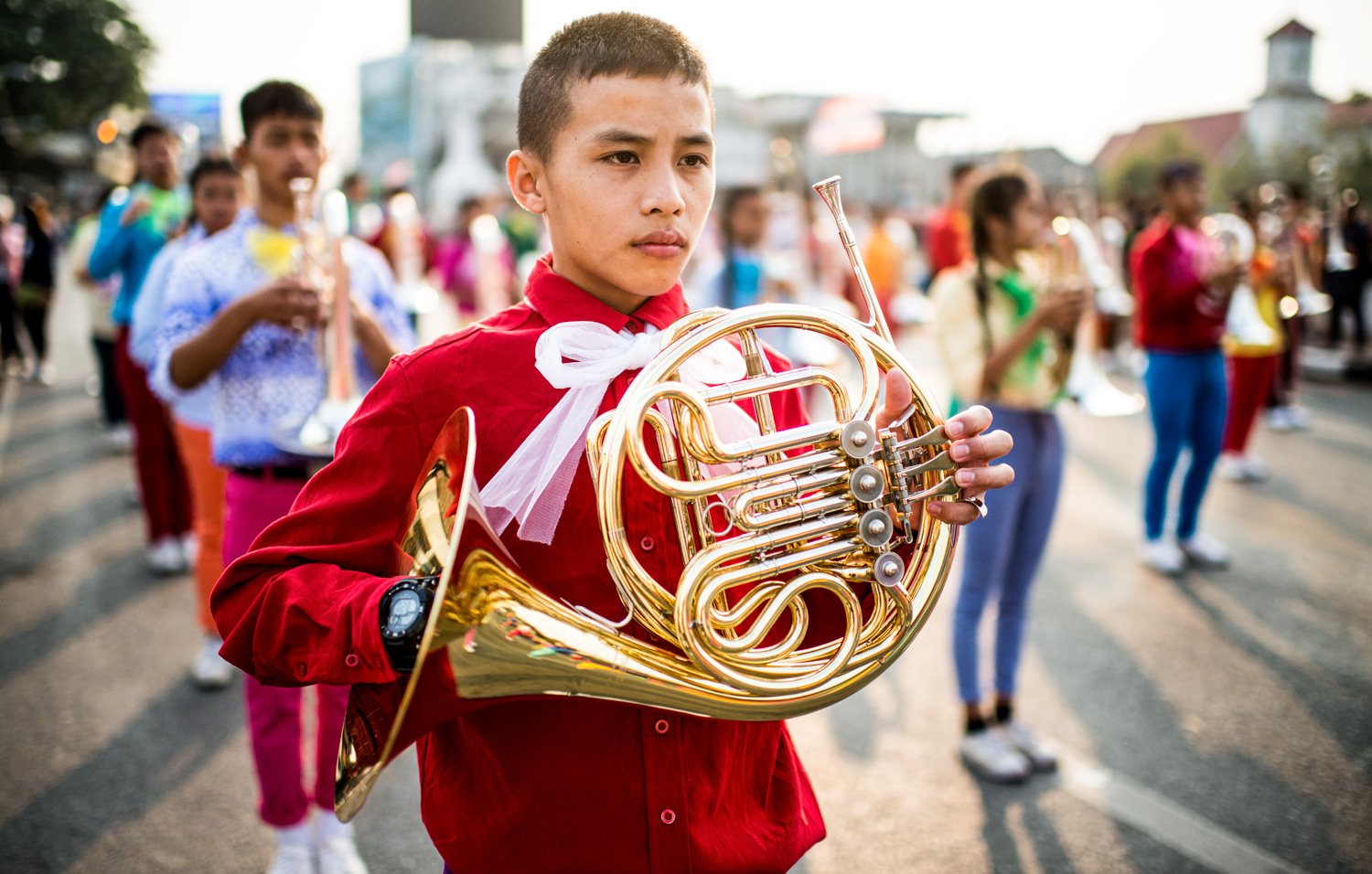
H
Hard Light – (Light)
Hard light comes from a relatively small light source that is not diffused. Shadows cast by hard light have definite edges. The sun on a cloudless day provides hard light. Direct, unfiltered flash also produces hard light, unless the subject of the photo is very small and the flash is close to it. This makes the flash relatively large in relation to the subject and alters the nature of the light.
HDR [High Dynamic Range] – (Editing)
HDR photographs are made by combining two or more photos of the same composition taken using different exposure settings. When the photos are merged, either in camera or with editing software, the final result is an image with a broader tonal range.
Histogram – (Camera/Editing)
A histogram is a graphic representation of the tone values in a photograph. This helps you see the tonal range in your photos. You can view the histogram on your camera and on editing software.
To the left of the graph dark tones are displayed. Light tones are displayed to the right. The height of the graph curve indicates the tone value.
Hot Shoe – (Camera)
The hot shoe is a mounting bracket, usually on the top of the camera, used to connect a flash. Other accessories may also attach to this bracket. When a dedicated flash or other accessory is mounted on the hot shoe, the camera will communicate with the device to exchange information and trigger the flash or transmitter. This allows for proper synchronization.
Hyperfocal Distance [Hyperfocal focusing] – (Lens)
Hyperfocal distance is the measurement from the focal plane to the plane in a composition that results in the maximum depth of field to be achieved. There are numerous smartphone apps that help you calculate this distance.
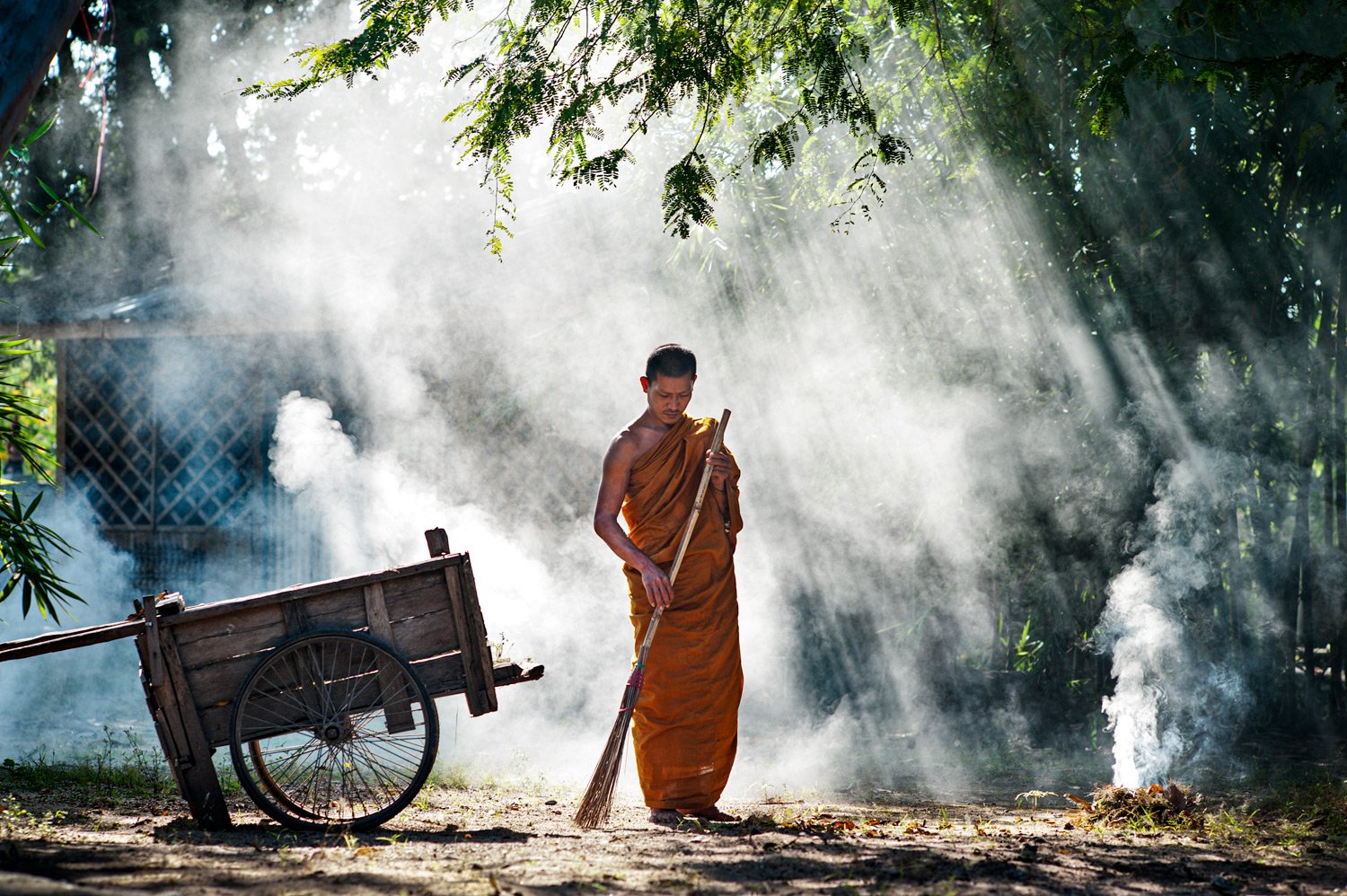
I
Image Blending – (Editing)
The process of merging two or more photos during editing. HDR and focus stacking are both examples of image blending.
Image Quality –
Image quality refers to the technical characteristics of photographs. Cameras, lenses, editing and photographers all have some influence on image quality.
Image Sensor – (Camera)
The image sensor is the device in a camera that captures light to create an image. The image sensor converts light waves into electrical signals.
Sensors are measured by both physical dimensions and by the number of pixels they contain (megapixels). Sensors with larger dimensions have bigger pixels and produce higher quality images than smaller sensors with the same pixel count. Image sensor quality varies greatly.
The two main types of image sensors are CMOS and CCD.
Image Stabilization [IS] – (Camera/Lens)
Image stabilization is technology used in some cameras and lenses to help reduce the effect of blurring caused by camera movement when an exposure is made. This is also called Anti-Shake (AS) or vibration reduction (VR).
Incident Light Meter – (Accessory)
An incident meter is a hand held device used to measure light value. It measures the light illuminating a scene. This differs from in camera meters that measure light reflecting off a subject.
ISO [International Organization for Standardization] – (Camera)
ISO is the measurement of how responsive a camera’s sensor or film is to light. Lower ISO numbers mean the sensor is less responsive. Higher ISO numbers mean the sensor is more responsive. Lower ISO settings are typically used in bright light and higher settings for when there’s less light. The higher the ISO, the more digital noise appears in photos.
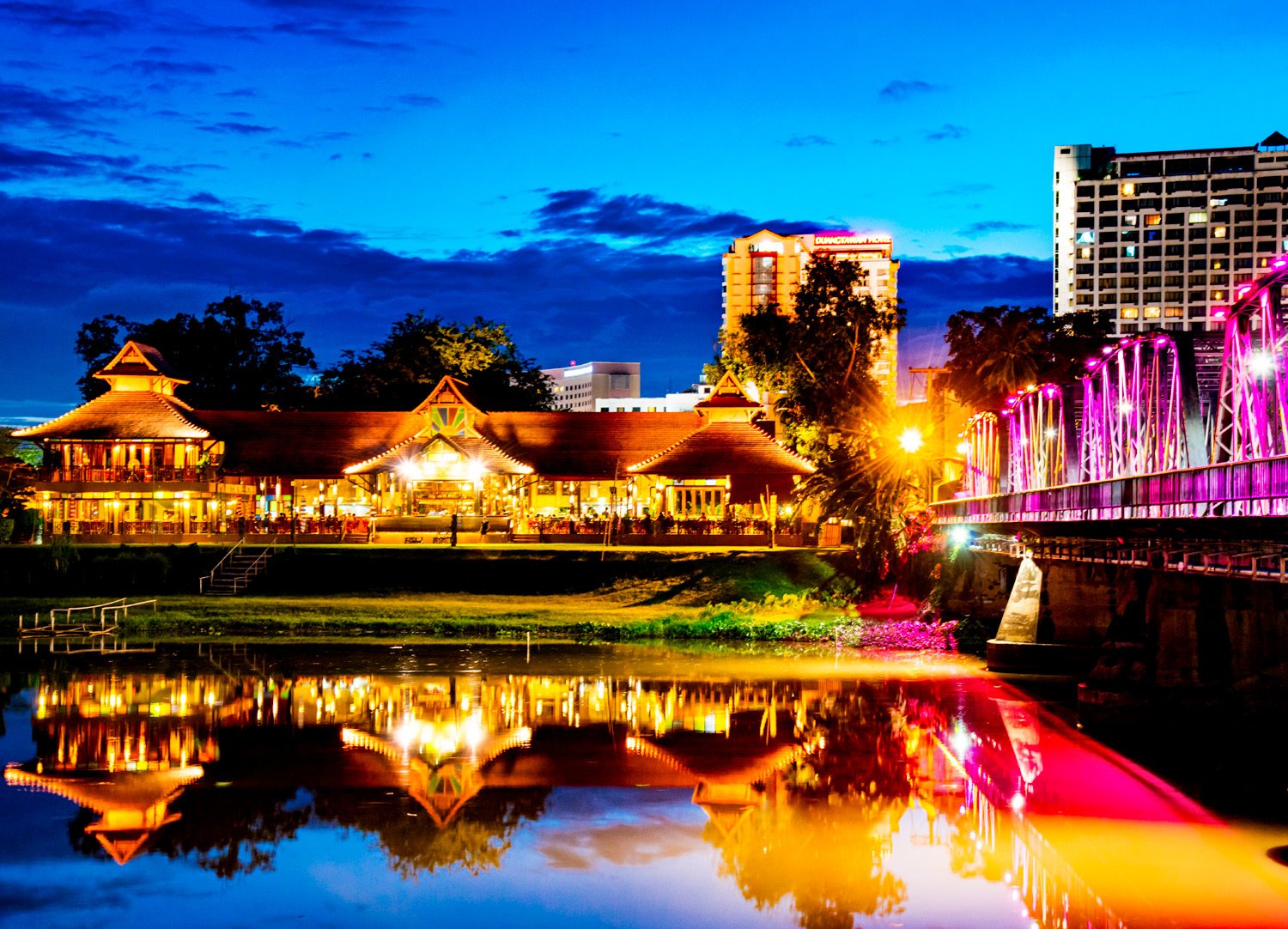
J
Jaggies – (Editing)
Jaggies refers to the zigzag look of curved lines in low quality digital images.
JPEG [Joint Photographic Experts Group] – (Editing)
A JPEG (or .jpg) is a common photo file format. JPEG files are compressed, resulting in smaller file sizes. Too much compression results in loss of image quality. This is the most common photo file format for sharing images online.
K
Kelvin – (Light)
Kelvin, or the Kelvin scale, is measures color temperature of light. Kelvin is used to regulate white balance in digital photography.
Key Light – (Light)
The key light is the main light that illuminates a picture. It can be an artificial light or natural light.
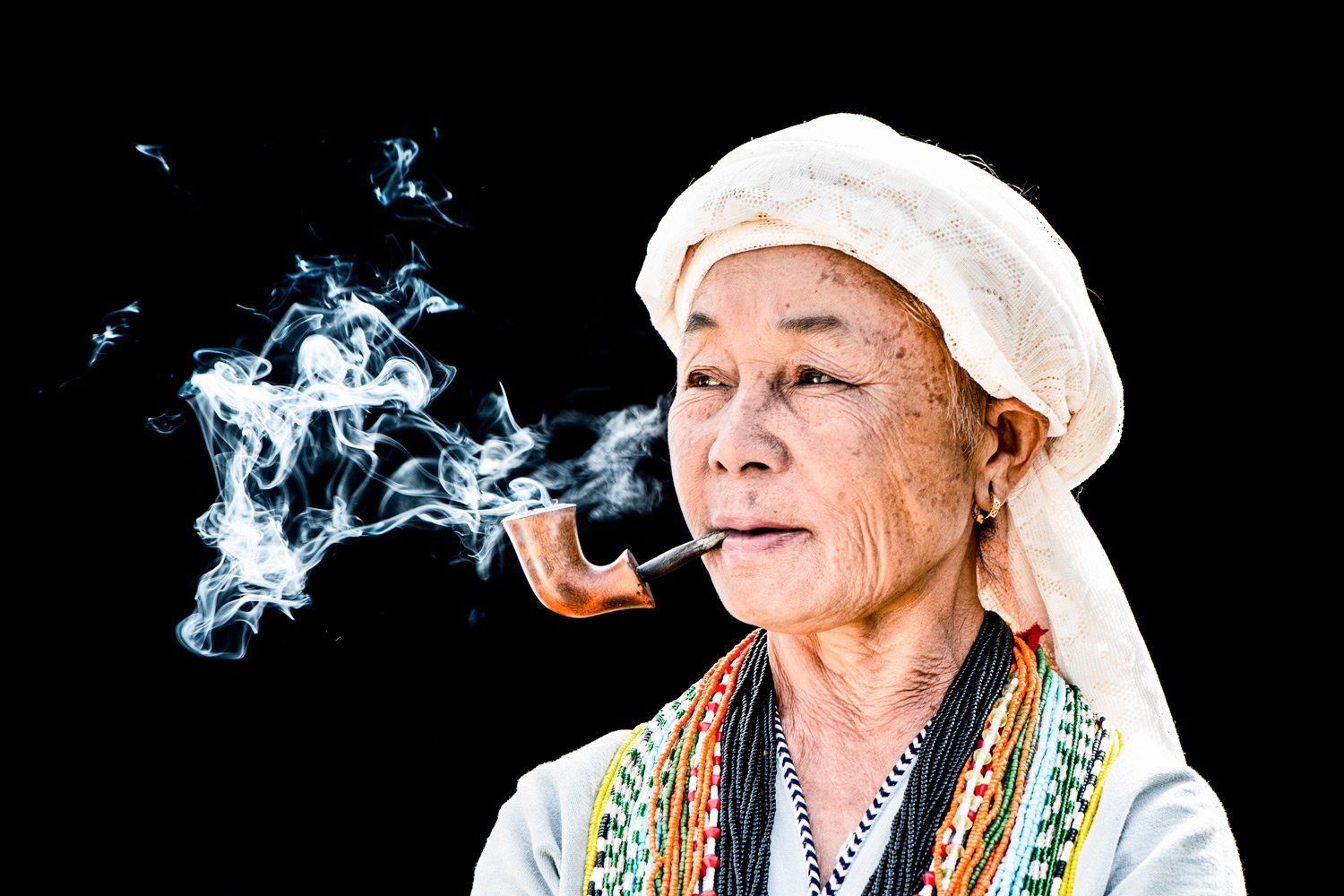
L
Lag Time [Shutter lag]- (Camera)
The delay between pressing when the shutter button is pressed and the shutter opens is called lag time. This is most noticeable with cheaper cameras. It is also called shutter lag.
Lens Flare – (Lens/Editing)
Lens flare occurs when pointing your lens in the direction of a bright light source. Light scatters in the lens and causes haze and/or colored light shapes to appear in photos. A lens flare effect can also be applied during editing.
Light Meter [Exposure meter] – (Camera)
This is a device that measures the value of light. Modern cameras have built-in light meters. These measure light reflecting into the camera from the subject. The information the light meter provides assists the photographer in determining the settings for a good exposure.
Lighting Pattern – (Light)
A lighting pattern is a particular way of positioning and setting the light output of flash or studio lighting.
Lighting Ratio – (Light)
Lighting ratio is the comparative brightness of any light sources affecting a composition.
Lightroom – (Editing)
Lightroom is image editing software made by Adode. It is used for cataloging and manipulating digital photos.
Long Exposure – (Camera)
A long exposure is when the camera’s shutter remains open longer than normal. Moving subjects photographed using a long exposure appear blurred in the picture.
Loop Lighting – (Light)
This is a style of lighting often used with portraits. The main light is positioned above the subject at a 45 degree angle. This creates a shadow with the appearance of a loop under the subject’s nose.
Lossy – (Editing)
Lossy is a term used for some image file formats that compress an image as it is being saved. As files are compressed, a certain amount of data from that file is discarded so these image files are smaller. JPEG files are the most common form of lossy image file.
Lossless – (Editing)
Lossless photo files keep all the image data when they are being saved or exported. These images are not compressed and have larger file sizes than lossy image formats.
Luminosity – (Editing)
Luminosity is the brightness level of an image.

M
Macro Lens – (Lens)
A macro lens has the ability to focus at very close distances and render subjects at a ratio of at least 1:1. Photographers use this type of lens to capture very close up images, usually of small subjects. These lenses can also be used for regular photography.
Manual Mode – (Camera)
Using Manual mode on a camera a photographer must control the aperture, shutter speed, and ISO settings themselves to capture well exposed images.
Matrix Metering – (Camera)
Matrix metering is the name Nikon gives its averaged metering setting on their exposure meters.
Megapixel – (Camera/Editing)
A megapixel is one million pixels. This is the standard measurement of camera sensor sizes.
Memory Card – (Accessory)
A memory card is a storage device commonly used in digital cameras.
Metadata – (Camera/Editing)
Metadata the information recorded by a camera about the photos it takes. This typically includes data about the camera model, settings, lens focal length, etc. This information can be changed during editing a photo.
Metering – (Camera)
Metering a term used for taking a light meter reading before taking a photo.
Micro Four Thirds – (Camera)
Micro Four Thirds is a sensor format and the camera system containing this sensor size. It is often used in mirrorless cameras. The size of micro four thirds sensor is 18mm x 13.5mm.
Micro Lens – (Lens)
A micro lens can focus in very close to a subject. Similar to a macro lens. A micro lens has a greater magnification ratio or 20:1.
This term is also the name given to parts of an image sensor.
Mirrorless Camera – (Camera)
A mirrorless camera is a more modern form of digital camera than a DSLR. As the name indicates, there is no internal mirror in this type of camera. This means the camera is smaller and lighter than a DSLR.
Mirrorless cameras have electronic viewfinders, rather than optical viewfinders that DSLR cameras have.
Moiré – (Editing)
Moiré is a distortion pattern that can appear in digital photos of subjects that have closely spaced lines or patterns.
Mount – (Camera)
The Mount on a camera is the mechanism used to attach a lens.
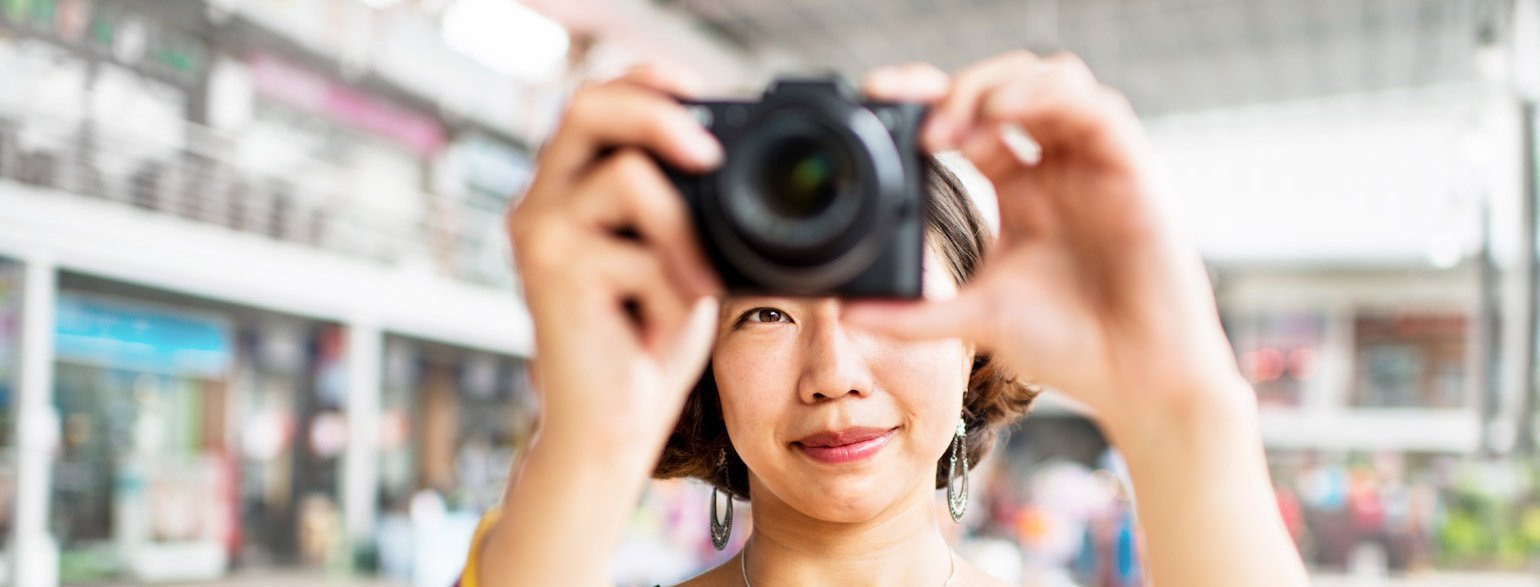
N
Neutral Density Filter [ND] – (Accessory)
Neutral density filters block some light coming through a lens. They are available in varying densities to block more or less light. They used to allow a photographer to set wider apertures and/or slower shutter speeds when there is an abundance of light.
Noise [Digital Noise] – (Camera/Editing)
Digital noise is discolored pixels or ones with an incorrect luminance value. Noise is produced when high ISO settings are used.
Noise Reduction – (Camera)
Cameras often include a noise reduction function. Noise in digital images can also be reduced using software.
Non-lossy – (Editing)
Non-lossy file formats retain all the information saved when an image is made. These are also known as lossless file formats.
O
Optical Resolution – (Camera)
Optical Resolution is the resolution of a camera sensor or image scanner. Resolution is usually measured in megapixels.
Optical Zoom – (Lens)
An optical zoom is more commonly called a zoom lens. This provides a photographer with the ability to manipulate the focal length of the lens to include more or less in their compositions without physically changing their location. Some cheaper models of cameras have digital zoom functionality.
Overexposure – (Camera)
Overexposure happens when too much light affects the camera’s sensor. The image appears too bright.
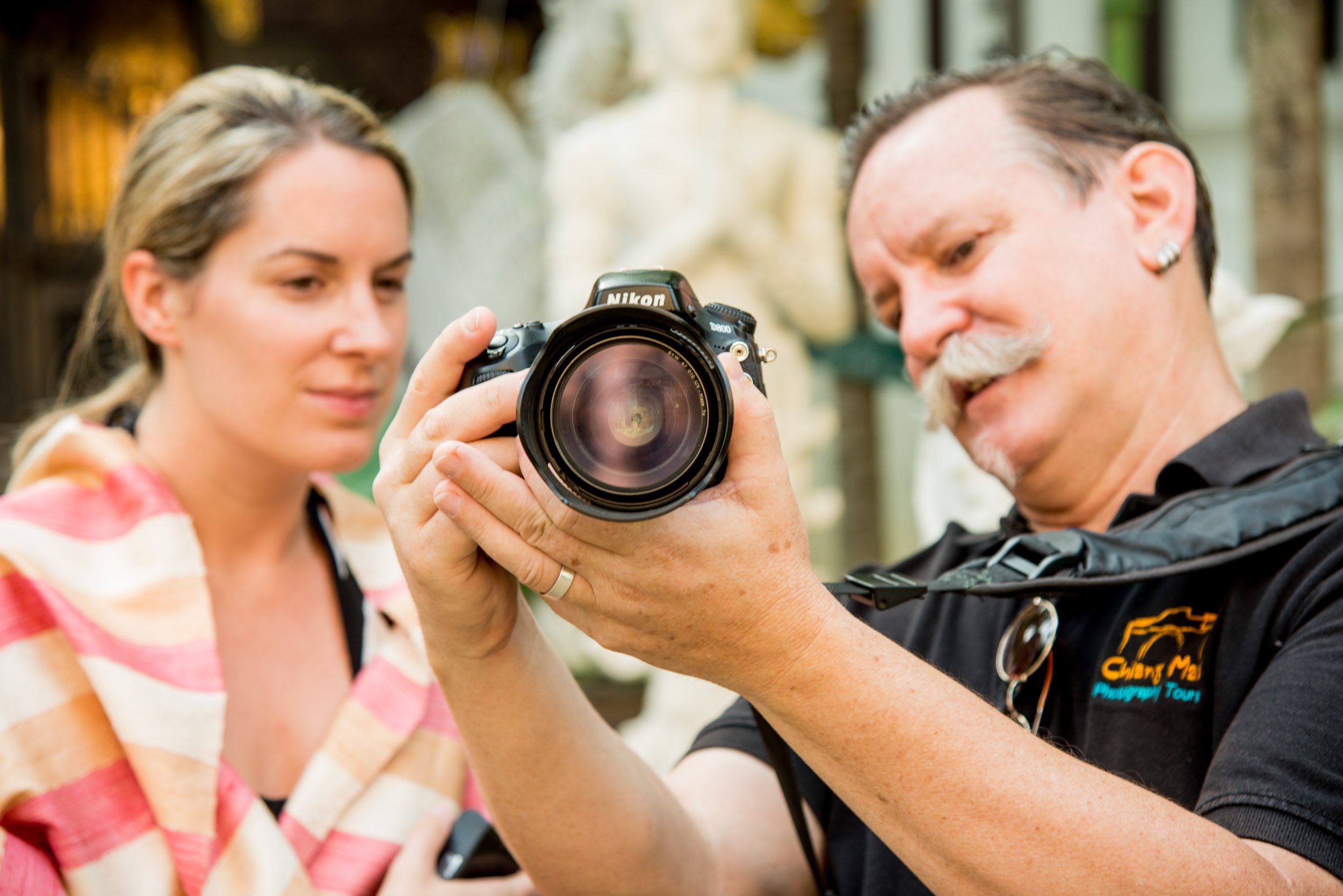
P
Panning – (Camera)
Panning is moving the camera to follow a moving subject. The photographer follows the movement at the same speed. Using a slow shutter speed this renders the subject sharp and the background blurred.
Parallax – (Camera)
Parallax is the difference between what a photographer sees through their camera lens and the photo recorded by the sensor. Parallax error is an uncommon problem with modern digital cameras.
Photo Stitching – (Editing)
Photo stitching joins two or more photos of the same scene to make a panorama or larger image.
Photoshop – (Editing)
Photoshop is digital image editing software made by Adobe.
Pincushion Distortion – (Lens)
Pincushion Distortion occurs in cheaper lenses. With this type of distortion, lines in an image bend inwards towards the center. This problem is more common with wide angle lenses.
Pixel – (Camera)
A pixel is the smallest unit of information that makes up a digital sensor or digital photo.
Pixelization – (Editing)
Pixelization occurs when an image is enlarged to over 100%. This creates higher contrast between pixels causing the photo to look soft and blotchy.
PNG [Portable Network Graphics] – (Editing)
PNG is a digital photo file format. PNG is a lossy format that supports transparency. It was developed for internet use.
Point and Shoot Camera – (Camera)
Point and shoot cameras are small and basic. They are designed to be easy to use but have lost popularity because everyone carries a phone these days.
Polarizing Filter [Polarizer] – (Lens)
Polarizing filters enhance or diminish reflections in a scene. They can also increase vibrance and contrast in photos.
Post-Processing – (Editing)
Post-processing refers to the process of editing photos.
Prime Lens – (Lens)
A prime lens has a fixed focal length. This type of lens does not zoom. They usually have wider maximum aperture settings than zoom lenses.
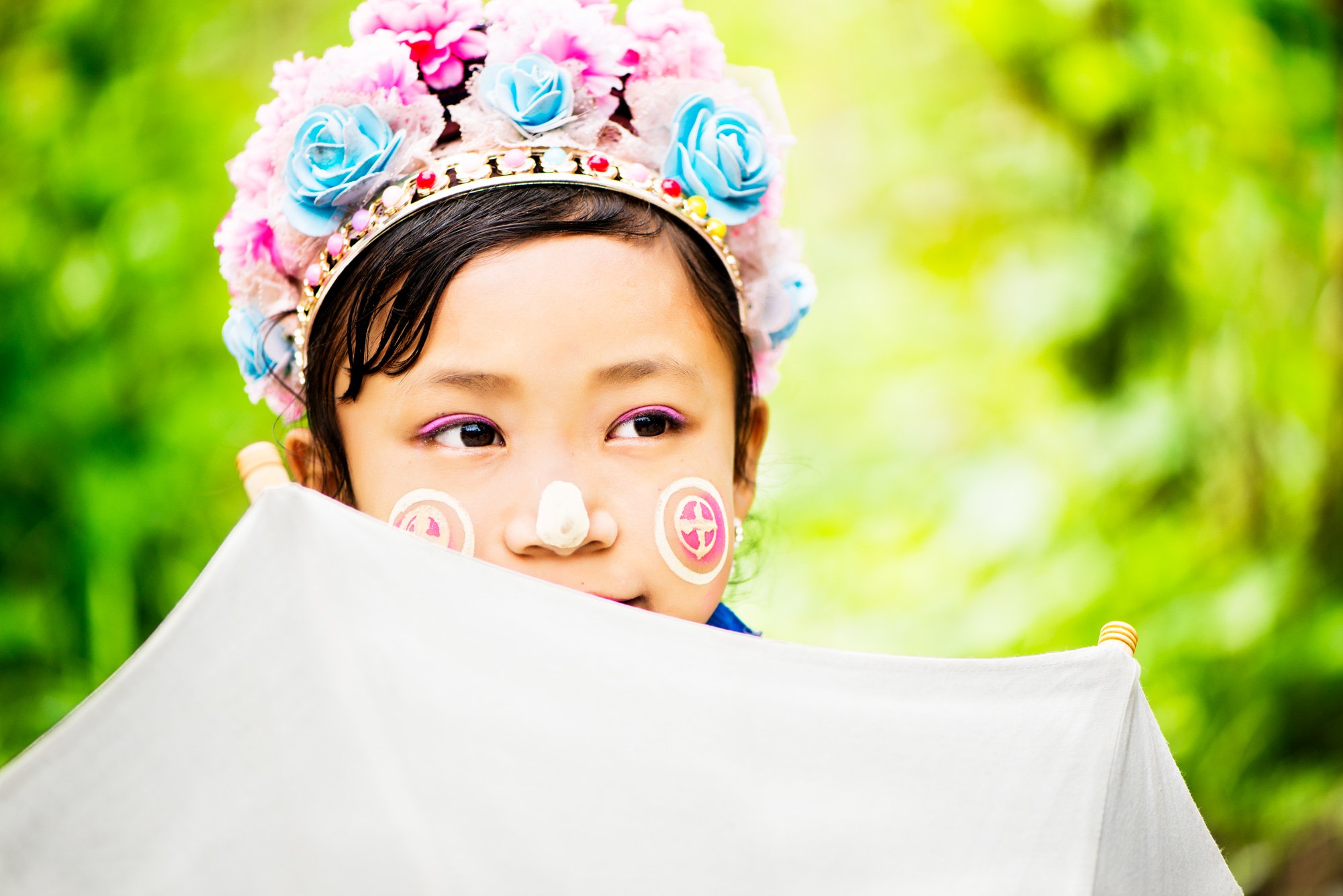
R
RAW – (Camera/Editing)
RAW is a type of lossless image file format that contains all the data a camera captures when a photo is taken. Different camera manufacturers give their own file extension to RAW files.
Rear-Curtain Sync – (Camera/Flash)
This camera setting synchronizes the flash to fire just before the second shutter curtain closes when an exposure is made. This technique causes an interesting motion blur effect when used with a slow shutter speed.
Red-Eye – (Flash)
Red-Eye is caused by direct flash when making a portrait. The subject’s pupils take on a red glow as they reflect the light from the flash.
Red-Eye Reduction – (Camera)
Red-Eye Reduction is a flash setting used to reduce the problem of red-eye.
Reflector – (Accessory)
A reflector bounces more light into a composition. Reflectors can be large or small, store bought or homemade. They are generally white, silver, or gold.
Reflex Camera – (Camera)
A reflex camera has a mirror that reflects light entering the camera via a prism and into the viewfinder. This type of camera allows the photographer to see optically through the lens. DSLR cameras are configured in this way. Mirrorless cameras have electronic viewfinders.
Remote Capture – (Camera)
A remote capture happens when the photographer is not close to their camera as they take photos. The camera is triggered by a cable release or some form of remote control.
Remote Flash Trigger – (Flash)
Remote flash triggers make it possible to synchronize the flash to fire when it is not mounted on the camera. Some camera systems incorporate remote flash triggering, other systems require the use of external accessories.
Resolution – (Editing)
Resolution is the amount of detail in a photo that is measured in pixels per inch (PPI) or dots per inch (DPI).
RGB Color [Red Green Blue] – (Editing)
RGB is an acronym for red, green, blue. This is an additive color space used in digital displays.
Rim Light – (Light)
Rim light comes from behind the subject. It adds a halo light to the edges of a subject. This type of lighting is also known as backlighting, although backlighting does not always produce a halo effect.
Rule of Thirds – (Composition)
This is a popular composition technique. Two horizontal and two vertical lines equally divide the composition into thirds. The photographer uses these lines and their intersecting points to help position the subject within the frame. This can help balance a composition.
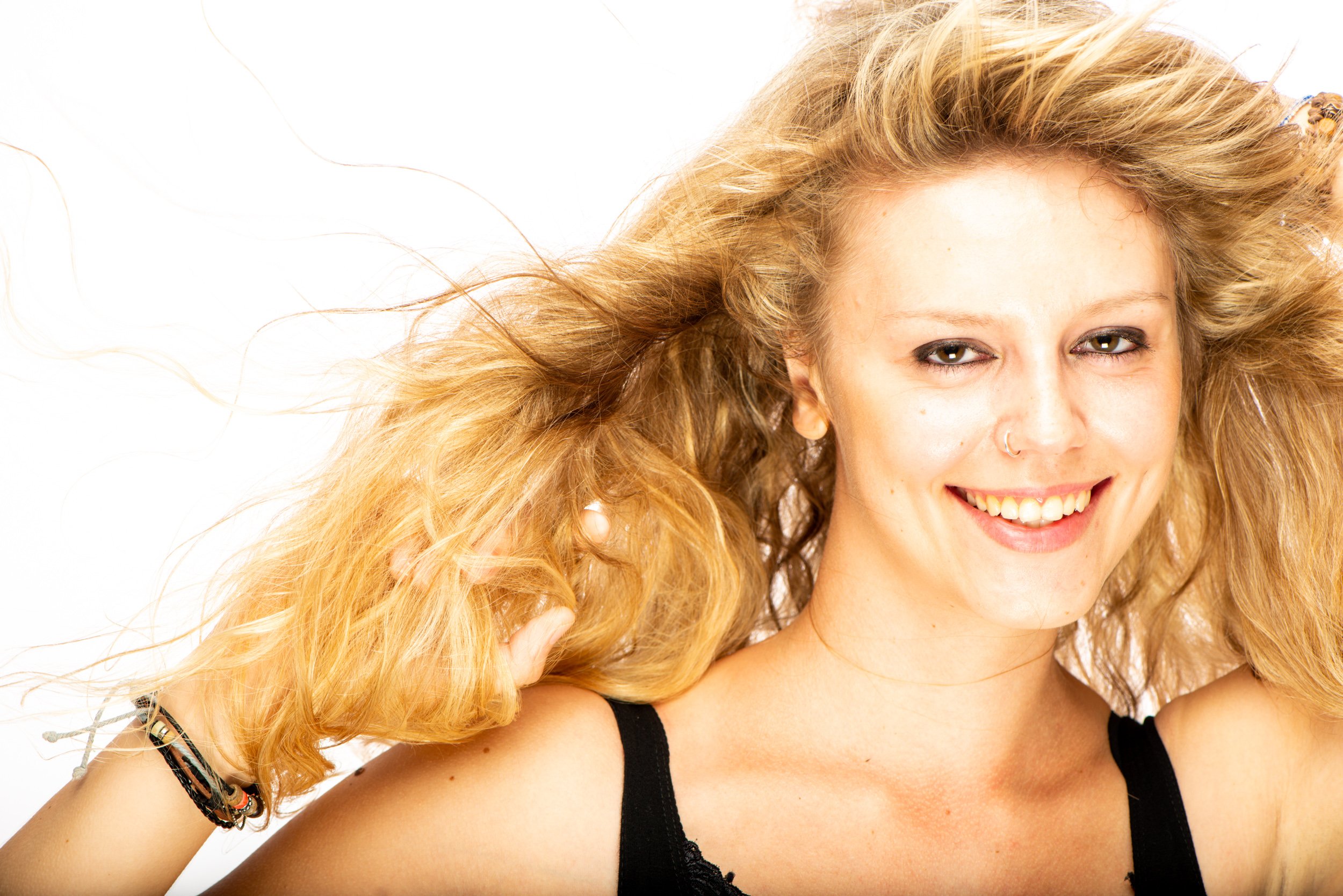
S
Saturation – (Editing/Camera)
Saturation refers to the depth of colors in an image. Saturation can be controlled during editing and in camera when saving files as jpegs.
Scene Modes – (Camera)
Scene modes are included with entry level cameras. These pre-programmed modes automatically set the exposure in specific situations. They are used for portraits, night/low light, landscapes, etc.
SD Card [Secure Digital] – (Accessory)
An SD card is a standard type of memory card for cameras.
Sensor Size – (Camera)
The sensor size is the measurement of the width and height of a camera sensor measured in millimeters.
Sharpness – (Editing/Lens)
The sharpness of a digital image is how clear it appears. Lens and sensor quality affect the image sharpness. Focusing and shutter speed control also influences image sharpness.
Short Lighting – (Light)
Short lighting is a style of lighting used for portraits. Light illuminates the side of a subject’s face that is facing away from the camera. The side of the subject’s face closest to the camera is left in shadow.
Shutter – (Camera)
The shutter blocks light from reaching a camera’s sensor or film until the photographer presses the shutter release button to take a photo. When the photographer presses the shutter button the shutter opens and closes. This allows light to reach the sensor or film to create an image.
The shutter is usually made with two blinds or curtains. When the shutter button is pressed, the first blind opens then the second one closes to complete the exposure.
Shutter Lag – (Camera)
The delay between when the photographer presses the shutter button and the shutter opens. This is noticeable when using an older digital or cheap camera. Lag time is the same as shutter lag.
Shutter Priority – (Camera)
Shutter priority is a semi-automated exposure mode. In this mode the photographer sets the shutter speed and camera then sets the aperture automatically.
Shutter Release – (Camera)
This is the button on a camera controlling when the shutter opens.
Shutter Speed – (Camera)
The shutter speed is the amount of time the shutter remains open when the shutter release button is pressed.
Slow Sync Flash – (Flash/Camera)
Slow flash sync combines flash with a slow shutter speed setting. When the flash output is balanced with the ambient light photos appear more natural than when more flash is used. Any amount of subject or camera movement can cause interesting and unpredictable results.
SLR [Single-Lens-Reflex] Camera –
An SLR camera has a mirror and prism that direct light for the image to be seen in the camera’s viewfinder.
Snoot – (Accessory/Light)
A lighting accessory used to limit the spread of a light.
Soft Box – (Accessory/Light)
A lighting accessory used for diffusing light. A photographer will attach a softbox to a studio light or flash to soften the light.
Soft Focus – (Accessory/Editing)
Soft focus is produced with the use of a special filter either on the lens or during the editing process. This technique blurs an image differently than poor focusing.
Soft Light – (Light)
Soft light describes light that casts a shadow with soft edges. This type of light is diffused or indirect.
Speedlight – (Accessory)
A speedlight is the same as a flash.
Split Light – (Light)
Split light is a portrait lighting technique that lights half of a subject’s face. The other half of the face is in shadow.
Spot Metering – (Camera/Accessory/Light)
Spot Metering is an exposure metering mode on many cameras and hand held exposure meters. Spot metering takes a light reading from a small portion of a composition.
sRGB – (Editing)
sRGB is a color profile, or color space, based on RGB. It is similar to Adobe RGB.
Standard Lens – (Lens)
A lens is a focal length with a field of view that is close to what we see with our eyes, excluding our peripheral vision.
Stop – (Camera)
A Stop describes an increment of aperture, shutter speed, and ISO settings. One Stop either halves or doubles the amount of light affecting an exposure.
Stopping Down – (Lens)
Stopping down refers to decreasing the size of the aperture setting on a lens.
Strobe Light – (Accessory/Light)
A strobe light emits light for a short duration of time. Photographic studio lights are either strobe lights or continuous (hot) lights.
Subtractive Lighting – (Light)
Subtractive lighting is a technique that blocks light affecting a composition. The photographer uses a piece of card or something similar to stop light affecting their subject.
Superzoom [Ultrazoom] – (Lens)
A zoom lens with a broad focal length range. These lenses can vary in focal length from very wide angle to telephoto.
Sync Speed – (Camera/Flash)
This is the fastest shutter speed a flash can be used at. The sync speed varies from camera to camera. If a faster shutter speed is set the shutter may not open or the camera may automatically reduce the shutter speed.
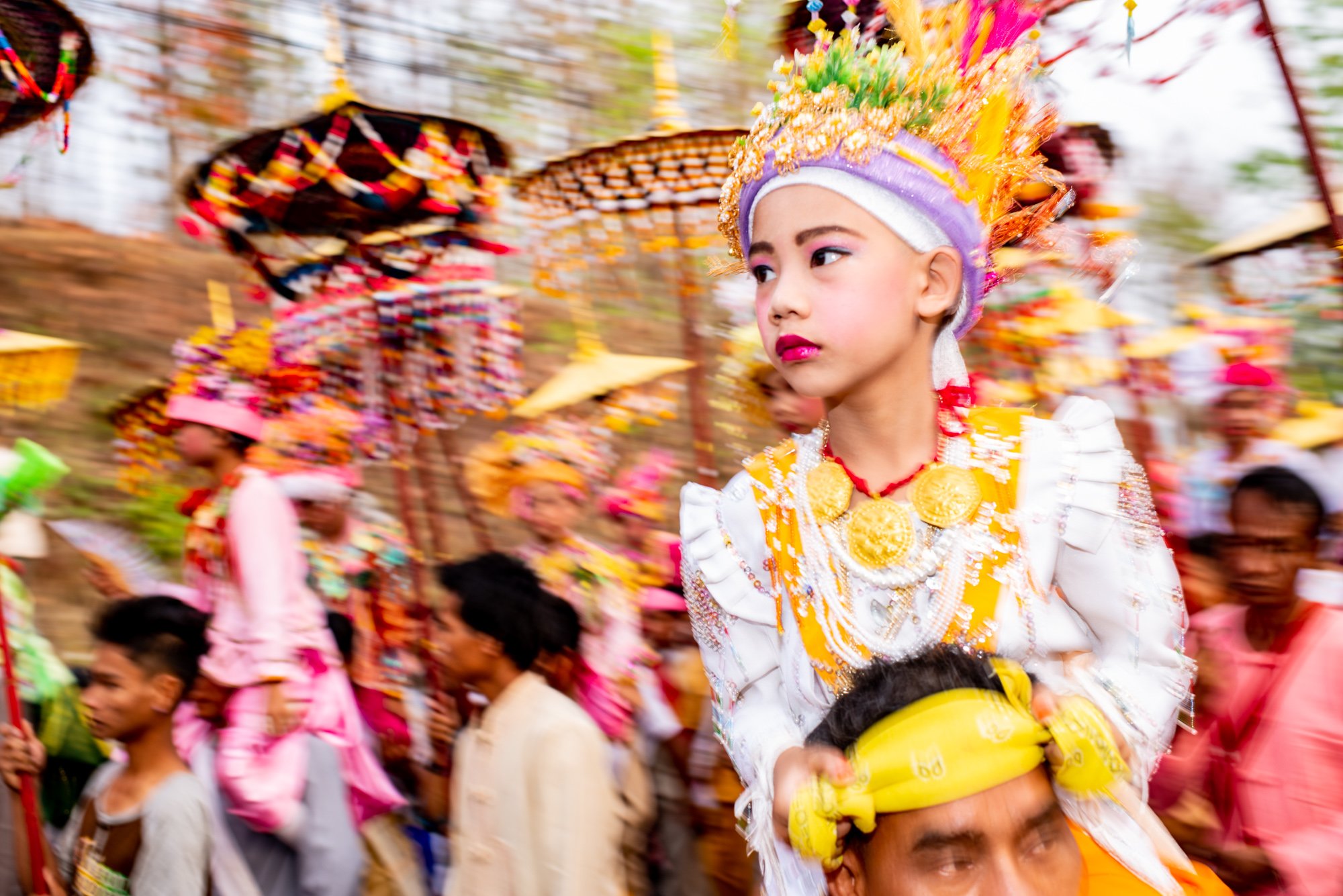
T
Teleconverter – (Accessory/Lens)
An accessory that mounts between the camera and lens that has the effect of multiplying the focal length of the lens.
Telephoto Lens – (Lens)
Lenses with a focal length of over 100mm are telephoto lenses. They make a subject look larger and appear closer.
TTL [Through-the-lens] Metering – (Camera/Lens)
TTL metering measures light passing through a camera lens. Modern digital cameras incorporate TTL metering systems.
Thumbnail – (Editing)
A small, low resolution image used as a reference.
TIFF [Tagged-Image File Format] – (Editing)
A TIFF image is a common lossless file format. TIFF stands for ‘tag image file format’.
Tilt-shift Lens – (Lens)
A tilt-shift lens is a specialist lens that adjusts to manipulate perspective. These lenses are often used for architectural photography as they allow for the correction of perspective distortions.
Time Exposure – (Camera)
A time exposure is also known as a long exposure and uses a slow shutter speed.
Tonal Range – (Editing/Camera)
The tonal range of an image or camera sensor is the measurement from the lightest to the darkest parts and all the tone values in between.
Tone – (Editing)
Tone in a photograph refers to the levels of brightness in it.
Toning – (Editing)
Toning adds to or alters the color in a black and white photo.
Tripod – (Accessory)
An accessory with three legs used for mounting a camera to hold it firmly in place. Using a tripod helps avoid camera movement while taking photos. This is particularly helpful when using slow shutter speeds.
Tungsten Light – (Light)
This is an older style of electric lighting producing a warm color temperature.
Twin Lens Reflex – (Camera)
Twin lens reflex cameras have two lenses, usually positioned one above the other. The top lens has a mirror reflecting the light so the photographer can see the image through the viewfinder. The bottom lens is used to take the photo.
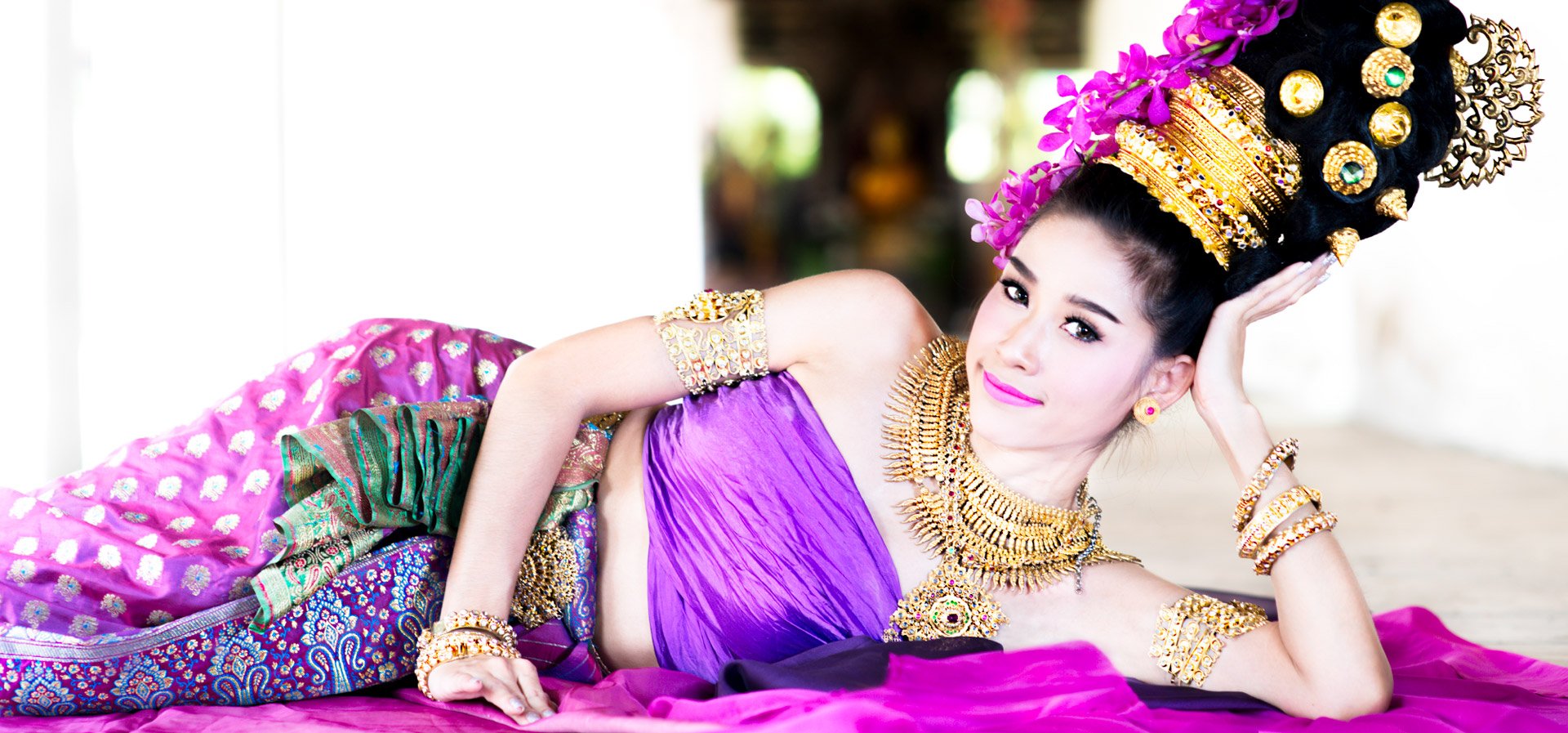
U
Underexposure – (Camera)
Underexposure happens when insufficient light enters the lens and affects the camera sensor or film. Underexposed photos look too dark.
Unsharp Mask – (Editing)
An unsharp mask emphasizes texture and detail in an image. This is the process known as ‘sharpening’.
UV [Ultraviolet] Filter – (Accessory)
These filters reduce the effect of ultraviolet light entering the lens. They also protect the front lens element from damage.
V
Vibrance – (Editing)
Vibrance is an editing tool used to control levels of intensity in some colors.
Vibration Reduction [VR] – (Lens/Camera)
Vibration Reduction is sometimes known as image Anti-Shake (AS) or stabilization (IS). This technology is used in some cameras and lenses. It helps reduce the effect of blur caused when using a slow shutter speed.
Viewfinder – (Camera)
A viewfinder on a camera is the part you look through. Viewfinders are optical or electronic. Reflex cameras use optical viewfinders and mirrorless cameras have electronic viewfinders.
Vignetting – (Editing/Lens)
This effect of darkens or lightens the edges of a photo. It can be the result of a low quality lens or added during editing.
Visualization –
Visualization, or pre-Visualization, is how the photographer perceives their pictures will look before they take them.
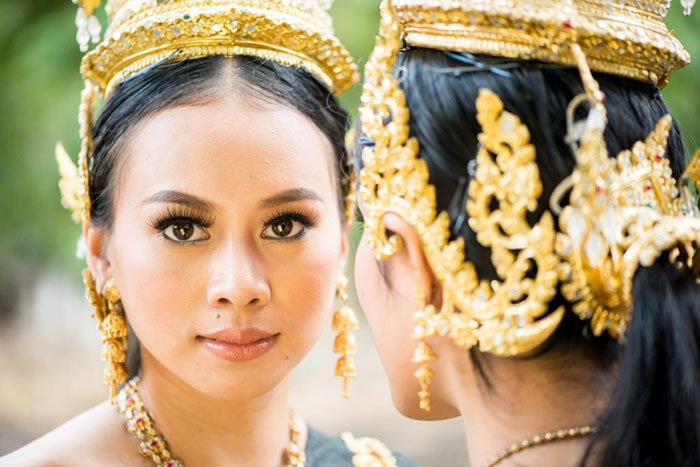
W
Watermark – (Editing)
A visual reference on an image usually used to indicate who owns the copyright.
White Balance – (Camera/Editing)
White Balance filters out color temperature that causes colors to appear unnatural in photographs. When colored light reflects off a white surface, the object will not appear white and other colors will be distorted. White balance corrects this either in camera or during editing.
Wide Angle Lens – (Lens)
A wide angle lens has a field of view of 50 degrees or wider.
X
xD Cards – (Accessory)
A type of memory storage card.
Z
Zone System – (Light)
A system providing a method of evaluating the tone range in a photo. Photographers use this system as a guide to help set their exposures.
Zoom Lens – (Lens)
Zoom lenses have variable focal lengths in one lens.
Zoom Ratio – (Lens)
This Is the ratio between the shortest focal length and the longest focal length of a zoom lens.
